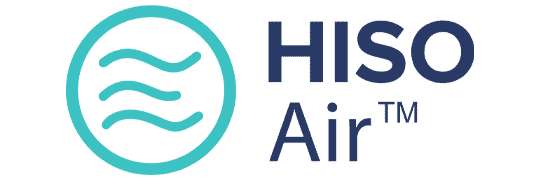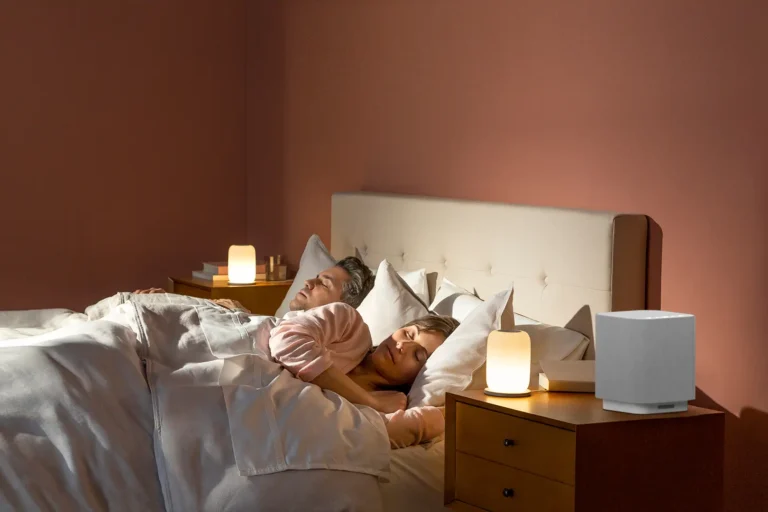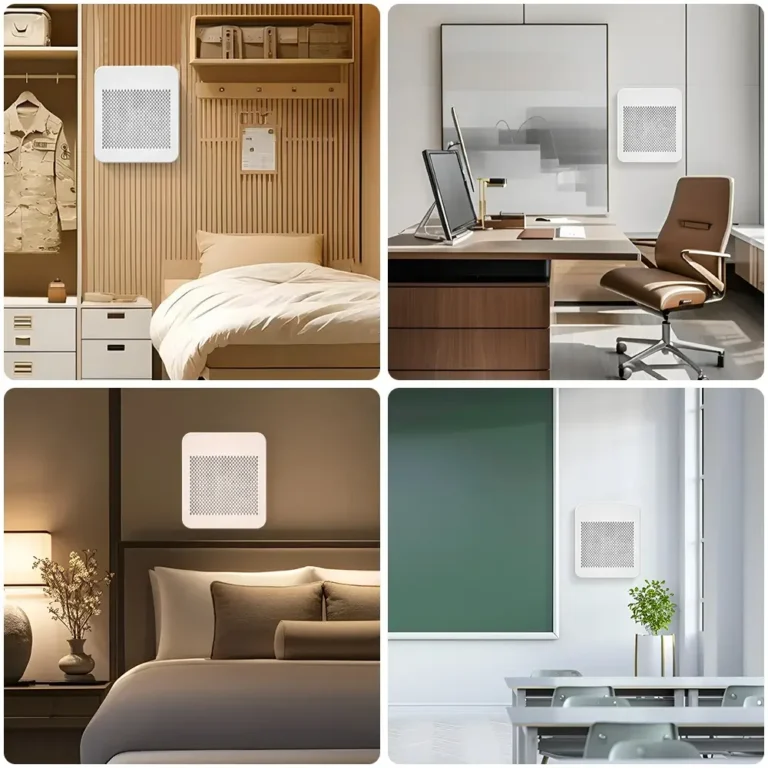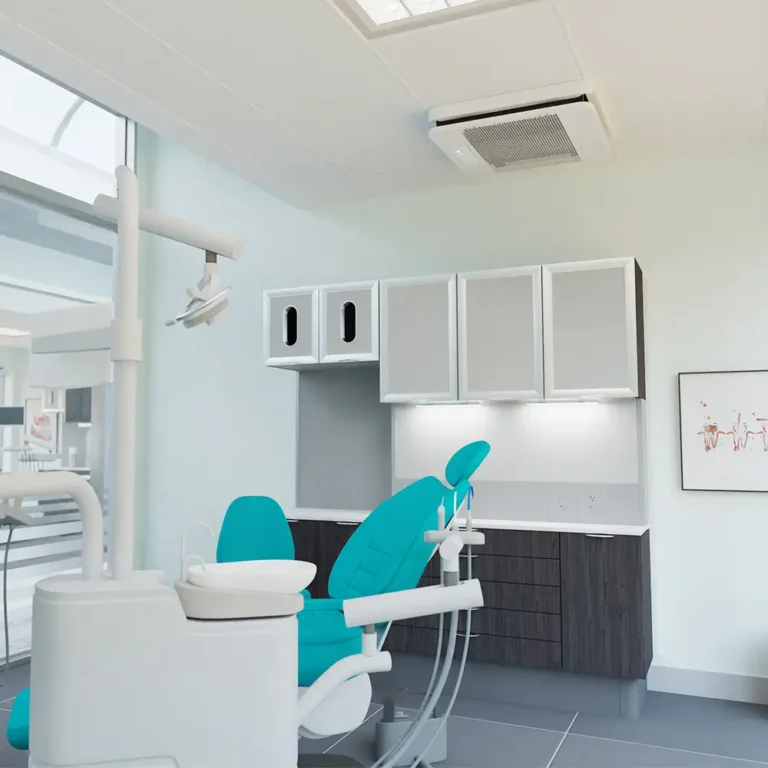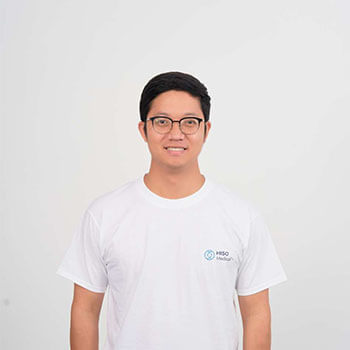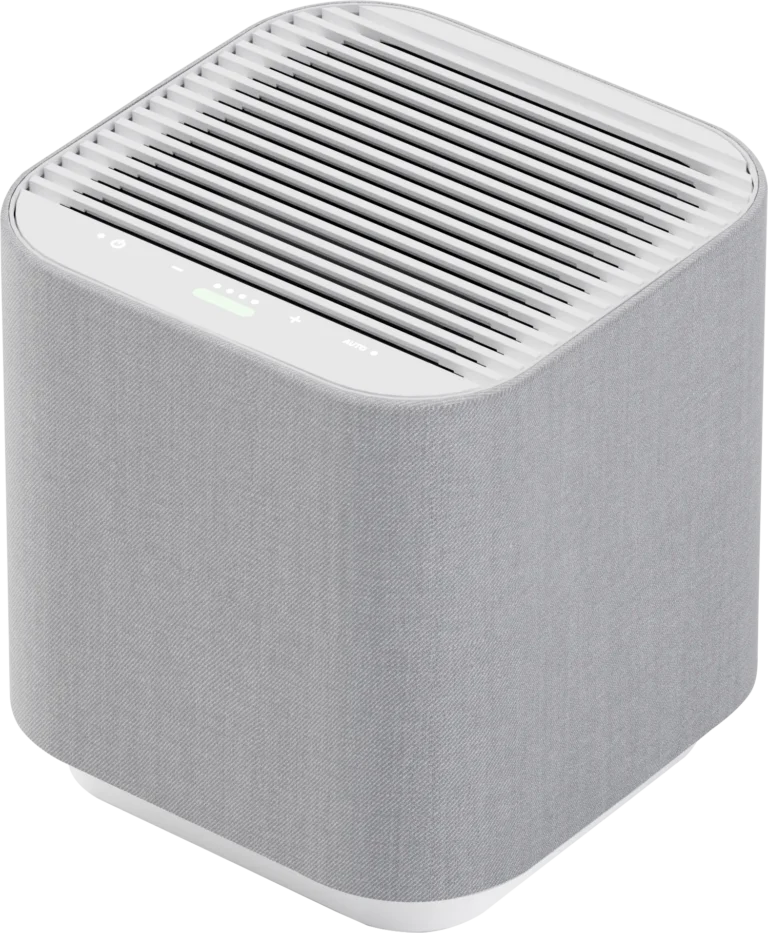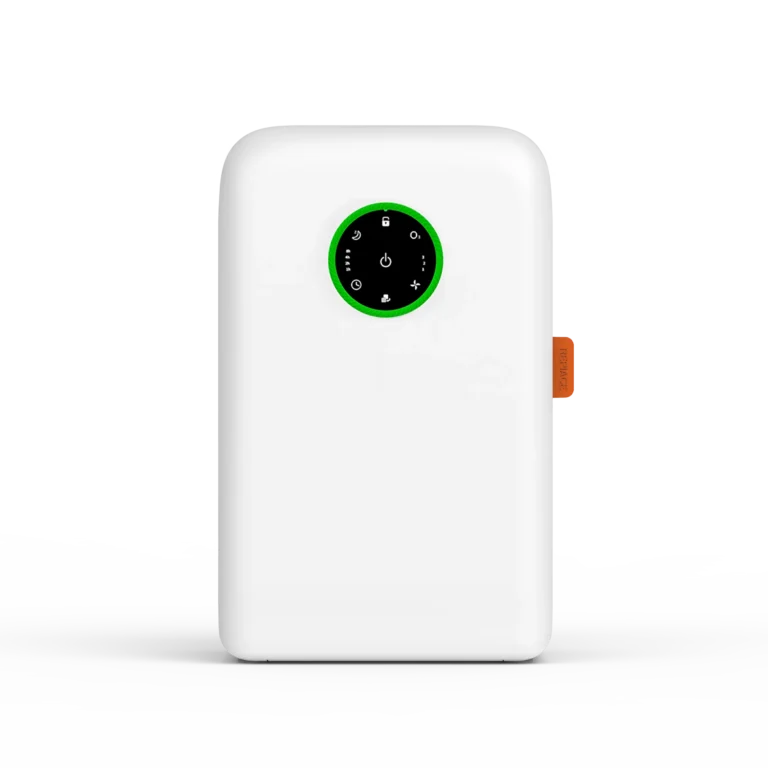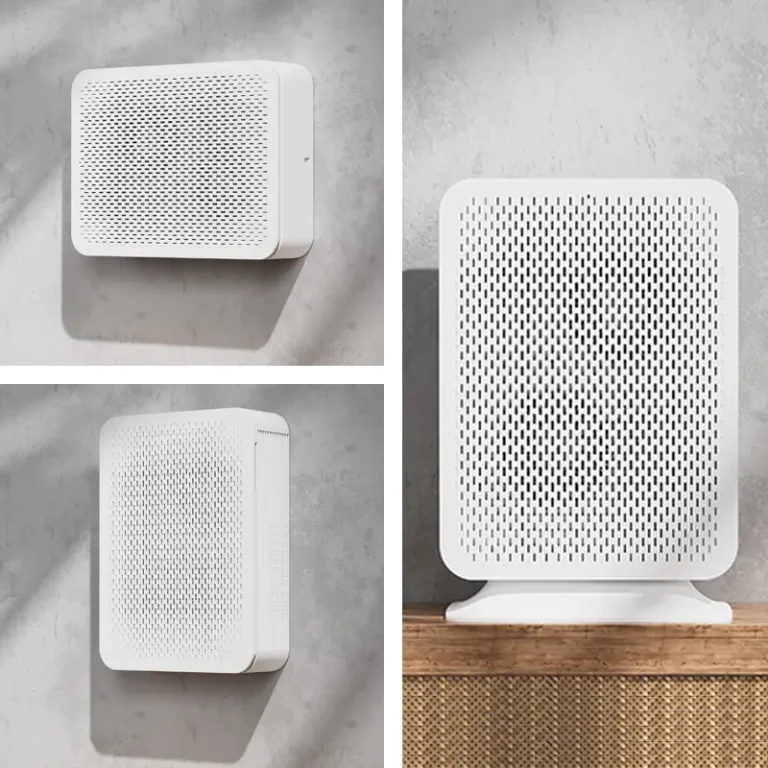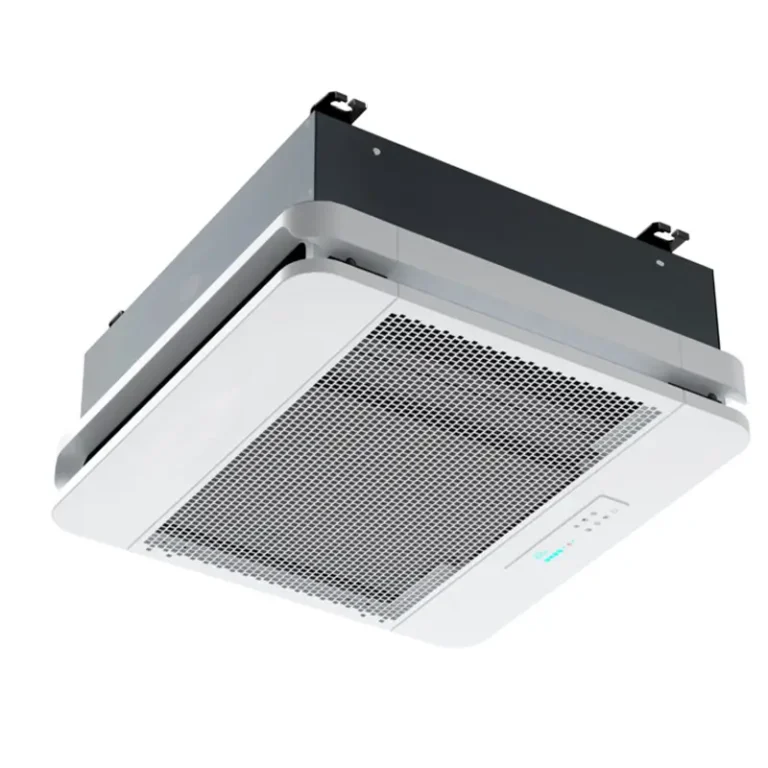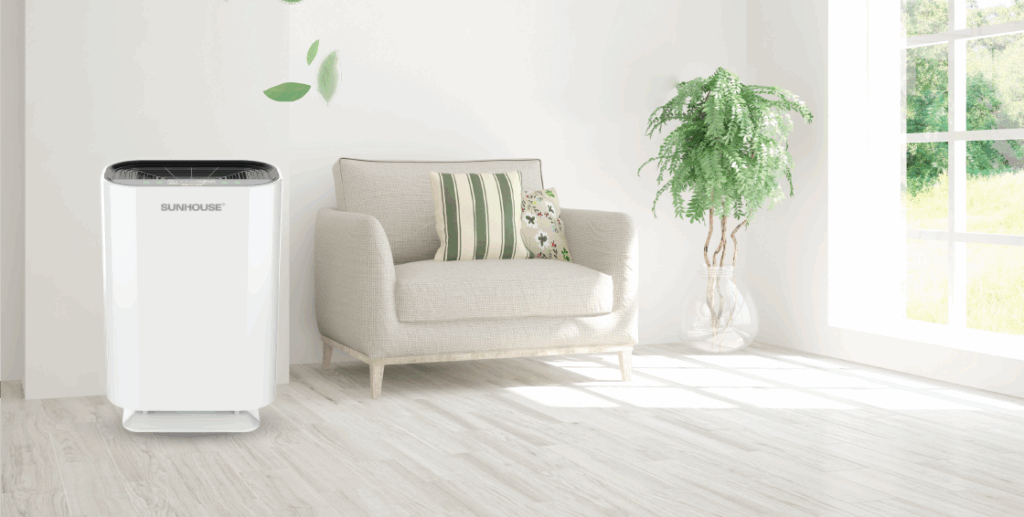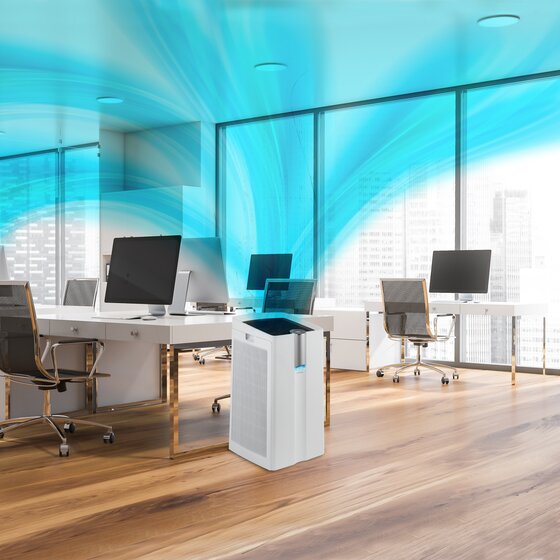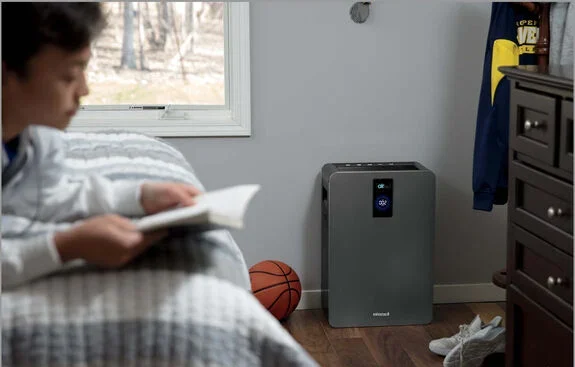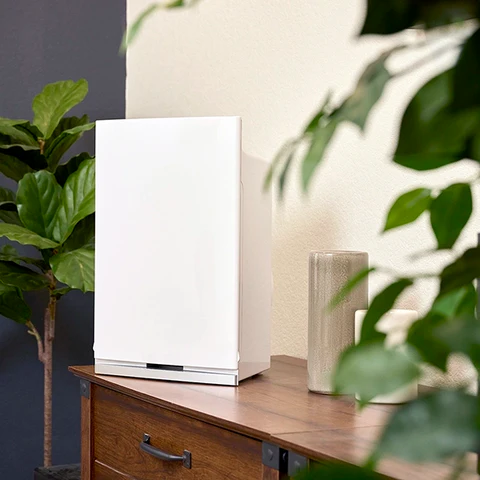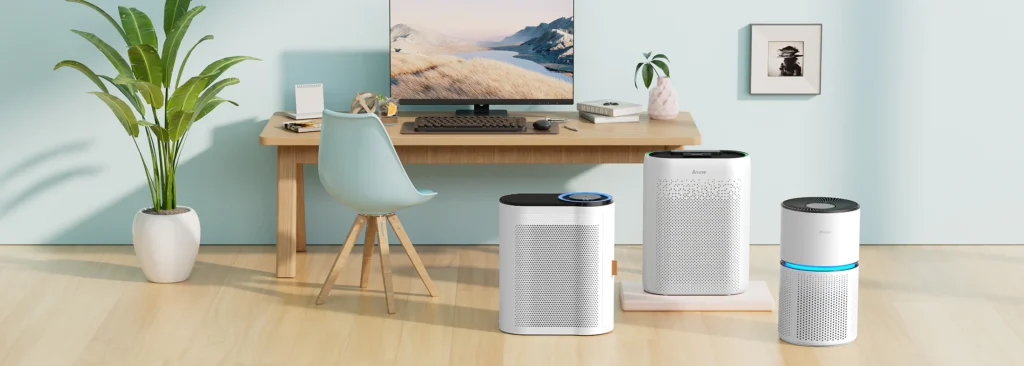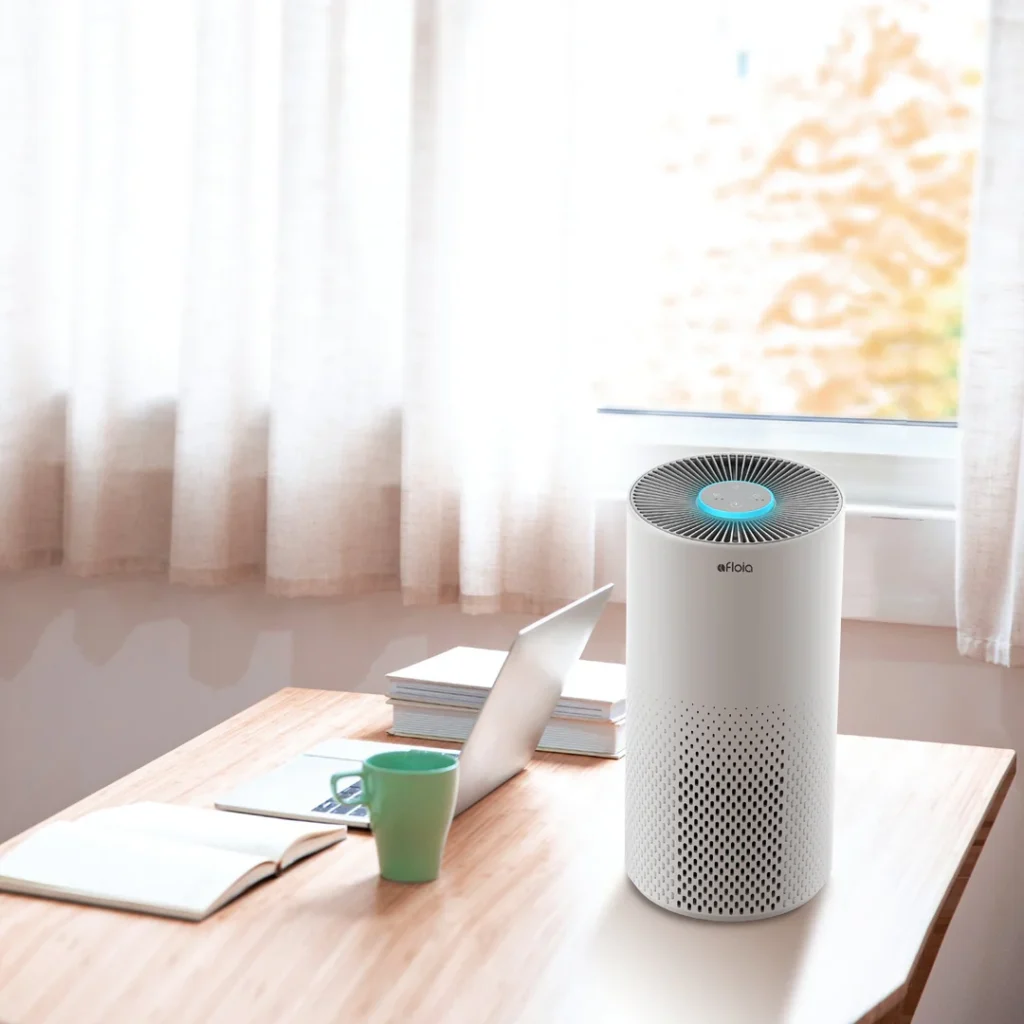As a business operating in the direct-to-consumer (D2C) or B2B space, understanding the intricacies of a global supply chain is paramount. The simple question, "Where is this product made?" often peels back layers of strategic decisions that can define a brand's success. Today, we're putting the Rowenta brand under the microscope to answer that very question about their popular air purifiers.
The short answer you'll find on the box is often "China". But to stop there is to miss a fascinating case study in brand management, intellectual property protection, and hybrid manufacturing. The full story reveals a sophisticated dual-origin strategy orchestrated by its parent company, the French powerhouse Groupe SEB, that masterfully blends German engineering heritage with a modern, globalized production doctrine.
For any brand looking to scale, compete on both price and innovation, and protect its most valuable assets, the Rowenta story is a masterclass.
From German Pioneer to French Global Asset
To understand where Rowenta products are made today, you must first appreciate the brand's journey. Rowenta was founded in Germany in 1884 by Robert Weintraud and officially trademarked in 1909. For decades, it built a formidable reputation on the pillars of German engineering quality, reliability, and thoughtful design. From the first thermostat-controlled iron in 1949 to its first vacuum cleaner in 1974, the Rowenta name became synonymous with durable, high-performance appliances. This legacy is a powerful asset that continues to shape consumer trust and perception.

The pivotal shift in its operational DNA occurred in 1988 when Rowenta was acquired by the French conglomerate Groupe SEB. As one of the world's largest manufacturers of small domestic appliances, Groupe SEB is the parent company of iconic brands like Tefal, Krups, and Moulinex.
This acquisition integrated Rowenta into a new, French-led global strategy. While the brand's marketing continues to leverage its valuable "German engineering" heritage, the manufacturing and supply chain decisions are now directed from Groupe SEB's headquarters in Ecully, France. This is not a contradiction but a brilliant brand management strategy: preserving the historical identity that consumers value while executing production through a highly efficient, modern, and multinational operational structure.
The Groupe SEB Doctrine: A Two-Pillar Global Strategy
Unlike many competitors who rely heavily on outsourcing, Groupe SEB is fundamentally a manufacturer. The company produces approximately two-thirds of its products in its own 44 industrial sites worldwide, giving it immense control over quality and innovation. This industrial doctrine is built on a complementary, two-pillar approach that balances scale with specialization.
Pillar 1: The Asian Powerhouse – The Engine of Scale and Competitiveness
The first pillar is the strategic use of its manufacturing facilities in Asia, particularly China, to achieve economies of scale. A large portion of Groupe SEB's product lines are manufactured in China to remain competitive against low-cost rivals. The crown jewel of this operation is the Supor Shaoxing site, the Group's largest small electrical appliance production facility in the world. This plant is a behemoth, producing over 25 million items in a single year, including everything from kettles and coffee machines to food processors.
This is where the main assembly of Rowenta air purifiers takes place. Product specifications and documentation clearly confirm this:
- The Rowenta Pure Air Essential Home Air Purifier (Model PU2532U0) explicitly lists its Country of Origin as China.
- Consumable parts, like the replacement filter for the Rowenta Pure Air City model, are also labeled "Made in China".
This aligns perfectly with Groupe SEB's strategy. The main air purifier unit and its standard filters are ideal products for high-volume, cost-effective production at a facility like Supor Shaoxing, allowing Rowenta to compete effectively in the price-sensitive mass market.
Pillar 2: The European "Centers of Excellence" – The Fortress of Innovation
The second, and arguably more strategic, pillar is Groupe SEB's network of European manufacturing sites. These facilities are not just factories; they are integrated "skills platforms" where marketing, R\&D, and production teams work in close proximity. Production in Europe, especially France, is reserved for high-value-added products where the Group holds a leadership position and can leverage significant "technological barriers"—a clear reference to proprietary technology and intellectual property.
This is where the other half of the Rowenta air purifier story unfolds. While the chassis and standard filters come from China, the technological heart of Rowenta's premium models—the component that provides its most significant competitive edge—is made in France.
The brand's patented NanoCaptur™ filtration technology is the key differentiator for its high-end "Intense Pure Air" models. This exclusive filter is the only one capable of permanently destroying formaldehyde, a common and harmful indoor pollutant.
The production of this advanced, proprietary technology is an automated chemical synthesis process that "takes place in France in our factory near Grenobyl [Grenoble]".
This is further confirmed by a Groupe SEB corporate report, which details a collaboration with Ethera, a Grenoble-based air quality technology company, to create the "Nano Captur technology (a unique filtration system, made in France)".
Groupe SEB didn't just partner with Ethera; its venture capital arm, SEB Alliance, took an equity stake in the company, cementing a long-term strategic relationship to secure its innovation pipeline.
Manufacturing this critical, patented component in France is a textbook example of a "Fortress Europe" IP strategy. It allows Groupe SEB to safeguard its most valuable technology, maintain exacting quality control over a complex chemical process, and reinforce the premium positioning of its top-tier products.
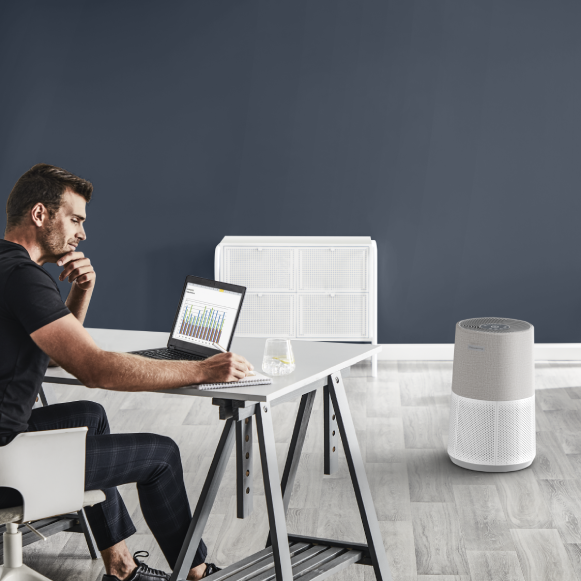
Summary of the Dual-Origin Strategy
| Product/Component | Stated Manufacturing Location | Strategic Rationale (Based on Groupe SEB Doctrine) |
|---|---|---|
| Main Air Purifier Unit (e.g., PU2532U0) | 中国 | Leverage economies of scale for mass-market competitiveness (Pillar 1). |
| Standard Replacement Filters | 中国 | Cost-effective production of high-volume consumables (Pillar 1). |
| Patented NanoCaptur™ Filter | France (near Grenoble) | Protect high-value intellectual property and ensure quality control over proprietary technology (Pillar 2). |
The Hybrid Model: A Masterstroke in Competitive Strategy
For B2B and D2C businesses, the lesson here is that Groupe SEB's dual-origin manufacturing model is not a compromise; it's a highly optimized system that creates a powerful competitive advantage.
Enabling Market-Wide Competition: By assembling its standard models in China, Rowenta can price them competitively, ensuring access to the broad, price-conscious segment of the market. Simultaneously, the "Made in France" technology in its premium models provides a tangible, verifiable reason for consumers to pay more, capturing the high-end segment that values performance and innovation. This allows the brand to effectively deploy a "good-better-best" strategy that addresses the entire market spectrum.
Strategic Brand and Cost Management: The model brilliantly balances cost and perception. The cost efficiencies from Chinese assembly are crucial for maintaining healthy margins in a competitive market. Meanwhile, the French-made critical component provides a credible "reason to believe" in the product's superior performance, reinforcing the brand's overall reputation for quality and justifying the premium price point of its advanced models.
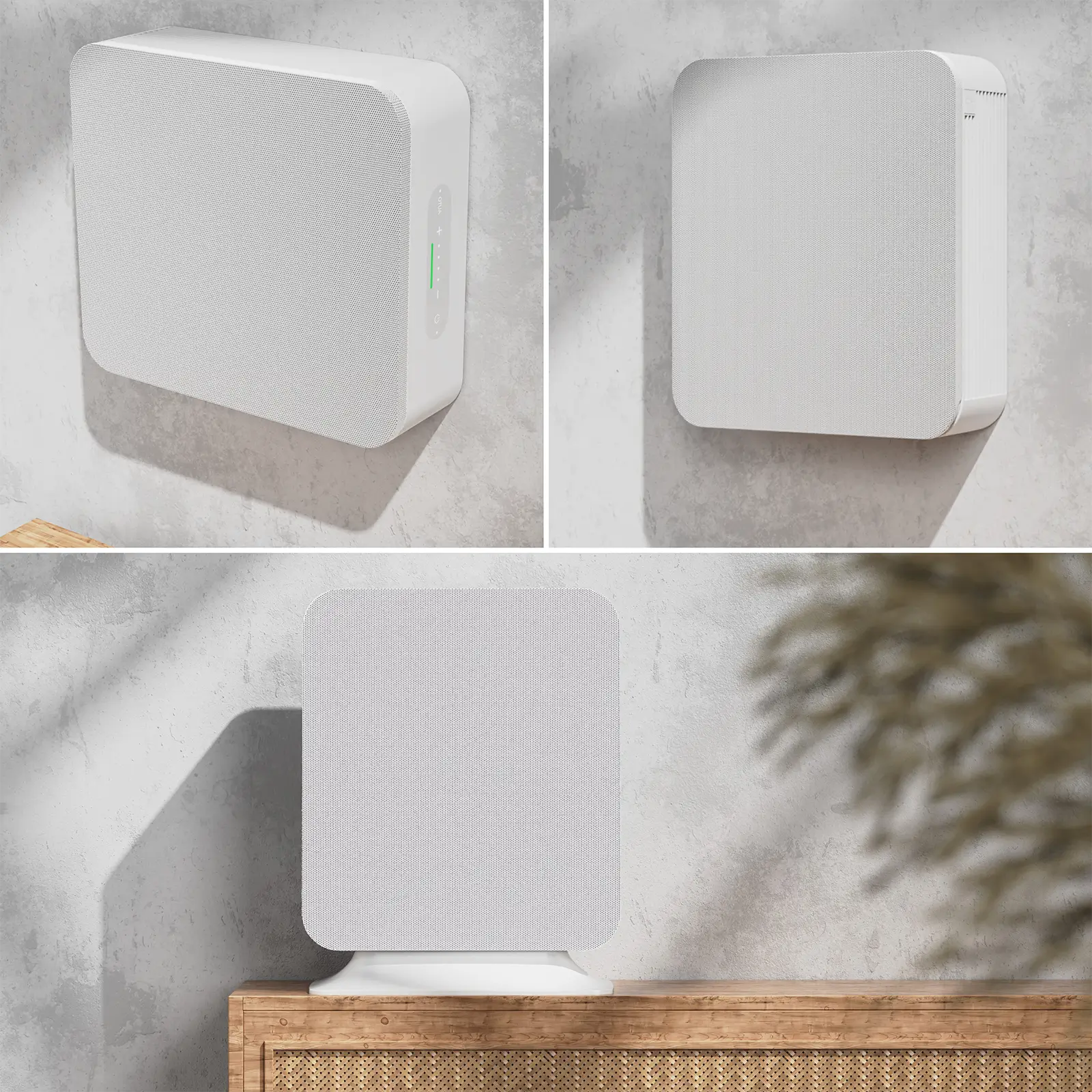
HisoAir - Wall-mounted Air Purifier HA180
The Road Ahead: What's Next for This Global Strategy?
Groupe SEB's dynamic strategy is poised to adapt to future trends. For businesses watching the space, several themes are emerging:
- Supply Chain Resilience: In an era of geopolitical friction, having a diversified manufacturing footprint with strong regional hubs in both Europe and Asia provides a level of resilience that single-location strategies lack.
- Sustainability as a Value Proposition: With a stated commitment to ESG goals, Groupe SEB can increasingly leverage its French manufacturing not just as a mark of technological quality, but also of sustainable and ethical production under stringent European environmental regulations.
- Open Innovation: The Group continues to blend internal R\&D with external partnerships. A recent collaboration with robotics leader Narwal to co-engineer a new vacuum cleaner for the European market showcases this model: incubating new technology with specialized partners and then scaling it through Groupe SEB's industrial might.
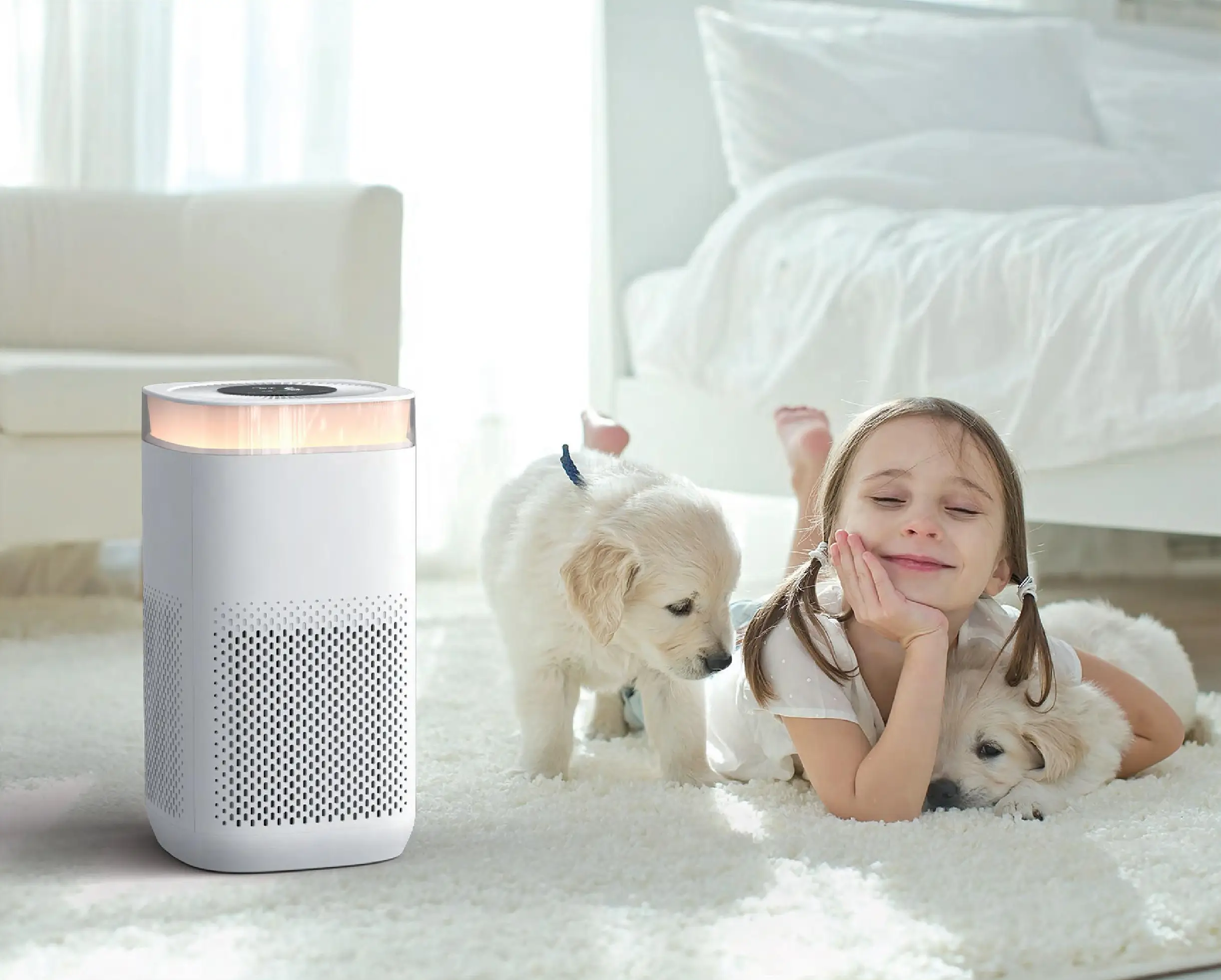
HisoAir - Floor-Standing Air Purifier HA4002
結論
In conclusion, the answer to "Where are Rowenta air purifiers manufactured?" is far more strategic than a single country on a map. The final product is the result of a sophisticated global system that leverages Chinese industrial scale for accessibility and French innovation for performance. It's a story of how a brand can honor its German engineering heritage, execute with French strategic vision, and compete powerfully in the 21st-century global marketplace.
